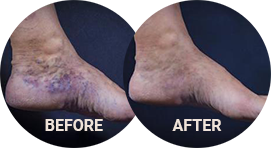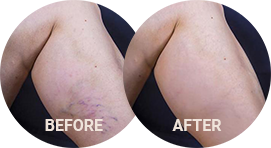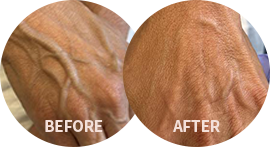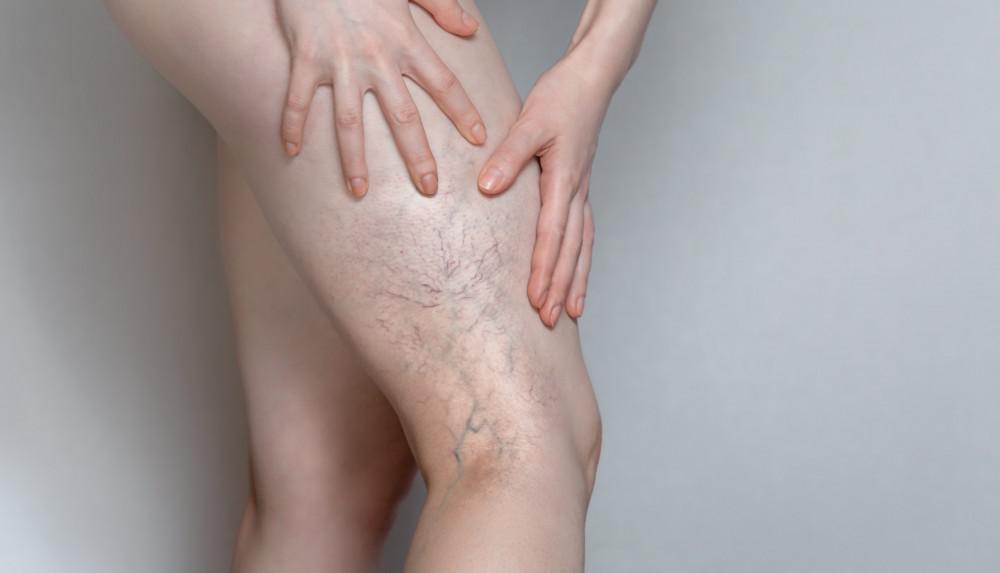Coming out of the winter months to find your summer legs showing purple or red webs of spider veins isn’t the way most people want to hit the beach. Their first appearance can be shocking, an unwelcome sign, perhaps, that you’re getting older.
Spider veins are miniature versions of the larger, gnarled varicose veins. Both tend to appear first on your lower legs, where your body works harder against gravity to pump blood back to the heart and lungs. In most cases, spider and reticular bluish veins are largely a cosmetic issue and, yes, something of a measure of passing time.
Book a visit to Premier Vein Clinic anytime veins begin to make unwelcome appearances on your legs. Dr. David Naar and our team are spider and varicose vein specialists. We can restore the smooth skin tone on your legs while ensuring that your errant veins aren’t the sign of more serious circulatory issues.
Beyond Appearances
Sometimes symptoms like itchiness, pain, tiredness, or a feeling of heaviness in your legs might accompany the appearance of these tiny blood vessels. That boosts their nuisance level above simple cosmetics, and the presence of spider veins can sometimes indicate a potentially serious circulation issue called chronic venous insufficiency (CVI).
CVI and Valve Failure

The cause of spider veins, varicose veins, and CVI traces back to valves inside these blood vessels. When working properly, check valves permit the passage of blood only in the direction of the heart, a key function when returning blood against gravity. Valves start to fail when they leak blood back into the previous section of the vein. As blood pools, pressure builds up in this section and pushes against the vein walls, making them visible as spider or varicose veins.
While not all incidences of valve failure result in CVI, its symptoms include spider and varicose veins, as well as itchiness, changes to skin appearance, or aches and tiredness in the legs. There’s little way, in the early stages, to know if your vein problem is cosmetic or moving toward CVI.
When new spider veins appear, booking an exam with Premier Vein Clinic is a smart move.
Potential Complications
Leaving CVI untreated leads to venous blood pressure increases that burst the capillaries in your legs. Skin turns a brown-red color while becoming delicate and easily damaged with minor bumps or scrapes. Veins close to the skin may burst, though they’ll likely cause only minor bleeding, but when local inflammation and tissue damage begin, venous ulcers may develop, and infection could spread to surrounding areas.
Most seriously, blood clots could be forming in these enlarged sections of veins. Persistent leg pain and swelling could indicate thrombophlebitis. While visible spider veins are close to the skin’s surface, the same changes could be occurring in deep veins too. Deep vein thrombosis could create life-threatening clots.
Chances are good that your spider veins aren’t presenting a serious health condition, but it takes testing and a professional diagnosis to be certain.
Fortunately, both cosmetic and deeper vein issues respond to treatment, so you can restore both your appearance and health by contacting Premier Vein Clinic, by phone or online, today.





